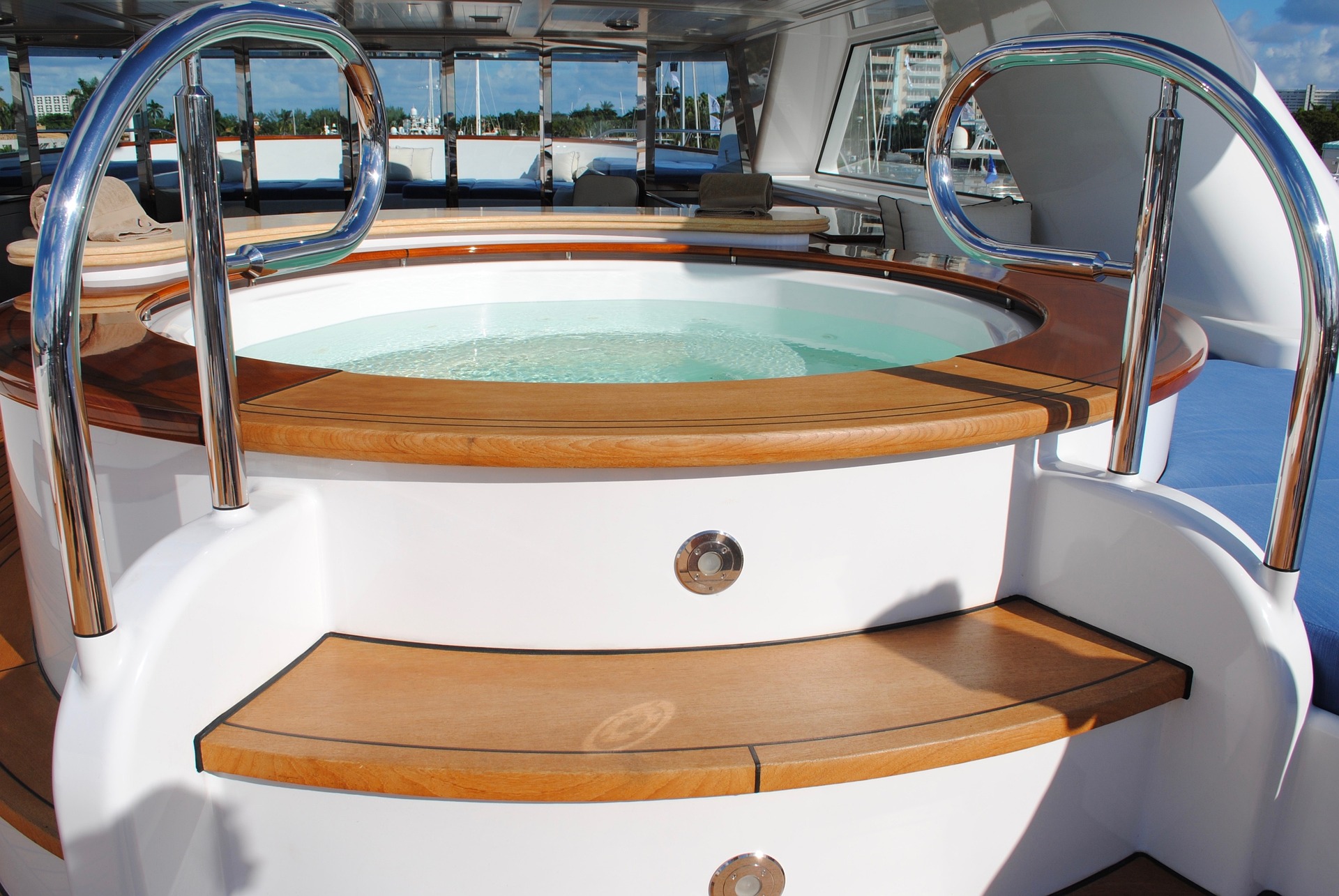Chicago to Niagara Falls by Train: A Scenic Journey Through America's Heartland
Embarking on a railway tour from Chicago to Niagara Falls offers travelers a unique opportunity to witness the diverse landscapes of America's Midwest and Northeast. This journey combines the convenience of modern rail travel with the charm of classic American scenery, taking passengers through bustling cities, rolling countryside, and picturesque small towns. As the train winds its way across multiple states, passengers can enjoy ever-changing vistas and the chance to experience some of the country's most iconic destinations.

What train routes connect Chicago to Niagara Falls?
The primary route connecting Chicago to Niagara Falls is Amtrak’s Lake Shore Limited service. This route begins at Chicago’s Union Station and terminates at Niagara Falls, New York. Along the way, the train passes through several major cities, including South Bend, Cleveland, and Buffalo. Passengers have the option to continue on to New York City if desired, as the Lake Shore Limited splits into two sections at Albany-Rensselaer, with one portion heading to New York City and the other to Boston.
Alternatively, travelers can take the Amtrak Wolverine service from Chicago to Detroit, then transfer to the Maple Leaf train, which runs from Toronto to New York City, stopping at Niagara Falls. This route offers a slightly different perspective of the region, taking passengers through Michigan and parts of Ontario, Canada, before entering New York state.
What are the scenic highlights along the journey?
The Chicago to Niagara Falls train journey offers a diverse array of scenic highlights. As the train departs Chicago, passengers are treated to views of Lake Michigan’s shoreline. Moving eastward, the route traverses the agricultural heartland of Indiana and Ohio, showcasing vast farmlands and charming rural communities.
One of the most spectacular portions of the journey occurs as the train hugs the southern shore of Lake Erie. Passengers can enjoy miles of lakefront scenery, dotted with beaches, marinas, and quaint coastal towns. As the train enters New York state, the landscape becomes more varied, with rolling hills, dense forests, and glimpses of the Finger Lakes region.
The final approach to Niagara Falls provides breathtaking views of the Niagara River Gorge, building anticipation for the majestic falls themselves. Throughout the journey, passengers can observe the gradual transition from Midwestern prairies to the more rugged terrain of the Northeast, offering a comprehensive cross-section of America’s diverse geography.
How long does the journey take, and what are some scheduling tips?
The direct train journey from Chicago to Niagara Falls typically takes about 12 to 14 hours, depending on the specific route and any potential delays. The Lake Shore Limited usually departs Chicago in the evening and arrives in Niagara Falls the following afternoon, making it an ideal overnight trip.
When planning your journey, consider the following tips:
-
Book in advance: Popular routes can fill up quickly, especially during peak travel seasons.
-
Be flexible with dates: Midweek travel often offers more availability and potentially lower fares.
-
Consider a sleeper car: For overnight journeys, a private room can provide a more comfortable experience.
-
Allow buffer time: If connecting to other transportation or tours, give yourself ample time between arrival and your next commitment.
-
Check for seasonal schedule changes: Some routes may offer additional services during busy periods or reduced frequency in off-peak seasons.
How do seasonal variations affect the landscape along the train journey?
The Chicago to Niagara Falls train route offers a spectacular display of seasonal changes, making it an attractive option year-round. In spring, passengers can witness the gradual awakening of nature, with budding trees and blooming wildflowers dotting the countryside. The lush green landscapes of summer provide a vibrant backdrop, particularly along the Lake Erie shoreline.
Autumn transforms the journey into a breathtaking spectacle of fall foliage, especially as the train traverses the Northeast. The hills and forests of New York state burst into a riot of reds, oranges, and golds, creating a picturesque panorama. Winter brings its own unique beauty, with snow-covered fields and frozen lakeshores offering a serene, almost ethereal landscape.
Each season presents its own charm and challenges. Summer may offer clearer views and longer daylight hours but can also bring occasional thunderstorms. Winter journeys provide stunning snowy vistas but may face weather-related delays. Spring and fall offer mild temperatures and beautiful transitional landscapes, making them popular times for this scenic route.
What opportunities exist for sightseeing and excursions at key stops?
The Chicago to Niagara Falls train route offers several opportunities for sightseeing and excursions at key stops along the way. While the train doesn’t allow for extended layovers at intermediate stations, passengers can plan their trip to include stops at major cities or points of interest.
Chicago: Before departure, explore iconic attractions like Millennium Park, the Art Institute of Chicago, or take an architecture river cruise.
Cleveland: A longer layover here could allow for a visit to the Rock and Roll Hall of Fame or a quick tour of the city’s vibrant downtown area.
Buffalo: As the last major city before Niagara Falls, Buffalo offers attractions like the Buffalo and Erie County Botanical Gardens or the Albright-Knox Art Gallery.
Niagara Falls: The final destination provides ample opportunities for exploration. Take a Maid of the Mist boat tour, visit the Cave of the Winds, or enjoy panoramic views from Prospect Point Observation Tower.
For those with more time, consider breaking up the journey with overnight stays in intermediary cities. This allows for a more in-depth exploration of the diverse regions along the route, from the Midwest’s cultural hubs to the natural wonders of the Northeast.
In conclusion, a train journey from Chicago to Niagara Falls offers a unique blend of convenience, scenery, and opportunities for exploration. Whether you’re a railway enthusiast, a nature lover, or simply seeking a different way to travel, this route provides a memorable experience that showcases the beauty and diversity of America’s heartland and beyond.




